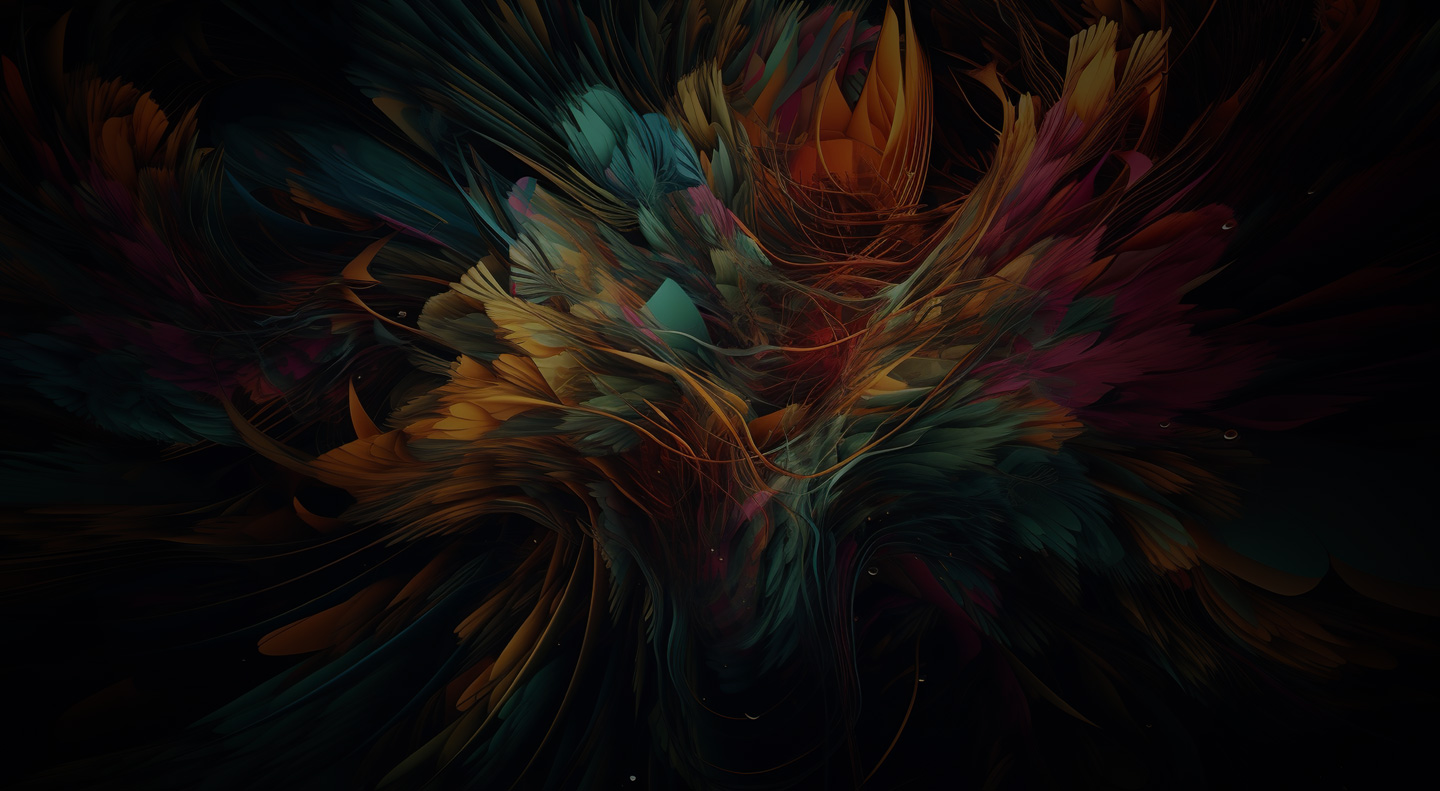The Art and Science of Creating User-Centric Website Designs
In the digital age, a website is often the first point of contact between your business and potential customers. It’s not just a digital storefront; it’s your brand’s digital identity, and it needs to make a lasting impression. The secret to a successful website lies in striking the perfect balance between art and science, where design aesthetics meet user-centric functionality. In this blog post, we’ll explore the art and science of creating user-centric website designs that captivate visitors and drive conversions.
The Art of Website Design:
Design aesthetics play a crucial role in capturing the attention of your website visitors. Here are some key artistic elements to consider:
- Visual Harmony: A visually appealing website is one that uses a harmonious color scheme, typography, and imagery. These elements should work together to create a cohesive and inviting visual experience.
- Engaging Imagery: High-quality images and graphics can convey your brand’s story and message effectively. Original and authentic visuals resonate with users and enhance engagement.
- Intuitive Layout: An intuitive layout guides users through your website effortlessly. Strategic placement of content, navigation menus, and calls to action ensures a smooth browsing experience.
- Whitespace: Proper use of whitespace (the empty space around elements) can make your website feel clean and uncluttered. It allows users to focus on the essential content without distractions.
The Science of User-Centric Design:
User-centric design focuses on providing the best possible experience for your website visitors. Here are key scientific principles to consider:
- User Research: Start by understanding your target audience. Conduct user research to gather insights into their needs, preferences, and pain points.
- Responsive Design: With the increasing use of mobile devices, responsive design is essential. Ensure your website functions seamlessly on various screen sizes and devices.
- Page Speed: Website speed is critical for user satisfaction and SEO. Optimize images, minimize code, and leverage content delivery networks (CDNs) to improve loading times.
- Clear Navigation: A well-organized and intuitive navigation structure helps users find what they’re looking for quickly. Use descriptive labels and consider user flow.
- Accessibility: Ensure your website is accessible to all users, including those with disabilities. Use alt text for images, provide keyboard navigation options, and follow accessibility standards.
The Perfect Blend:
The synergy between art and science in website design is where the magic happens. While the artistic elements create an attractive and memorable visual identity, the scientific principles ensure that the design is user-friendly, functional, and effective in achieving its goals.
When creating a user-centric website design, start with a clear understanding of your brand’s identity and your target audience’s needs. Collaborate with a professional web designer who can bring your vision to life while adhering to best practices in usability and user experience.
In conclusion, the art and science of website design are two sides of the same coin, both equally essential in creating a compelling online presence. By seamlessly integrating aesthetics and user-centric functionality, you can craft a website that not only captivates visitors but also converts them into loyal customers, ultimately driving the success of your business in the digital realm.


